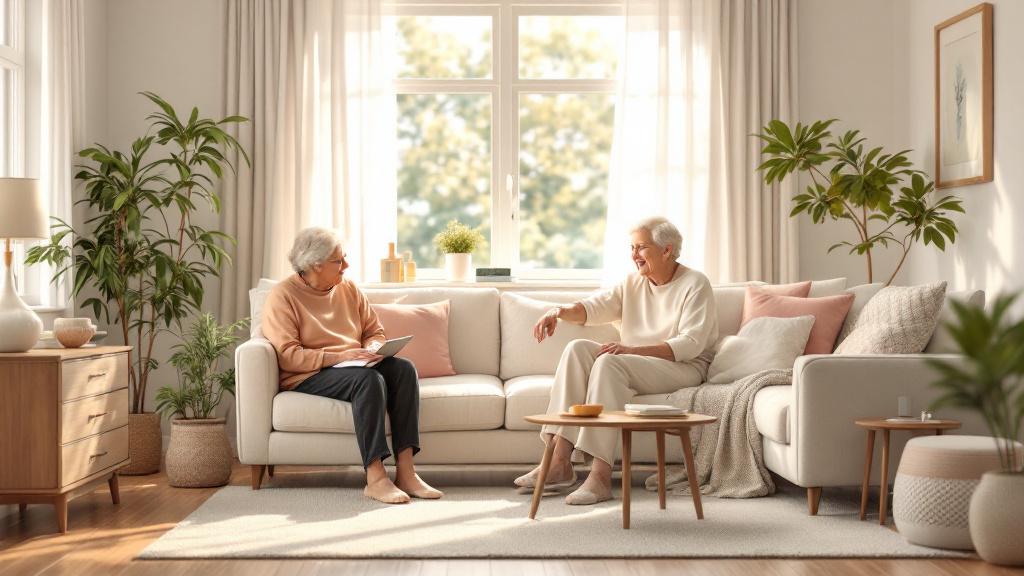How to Create a Comfortable and Safe Home Environment for Caregiving
Ensuring Safety and Comfort in the Caregiving Home
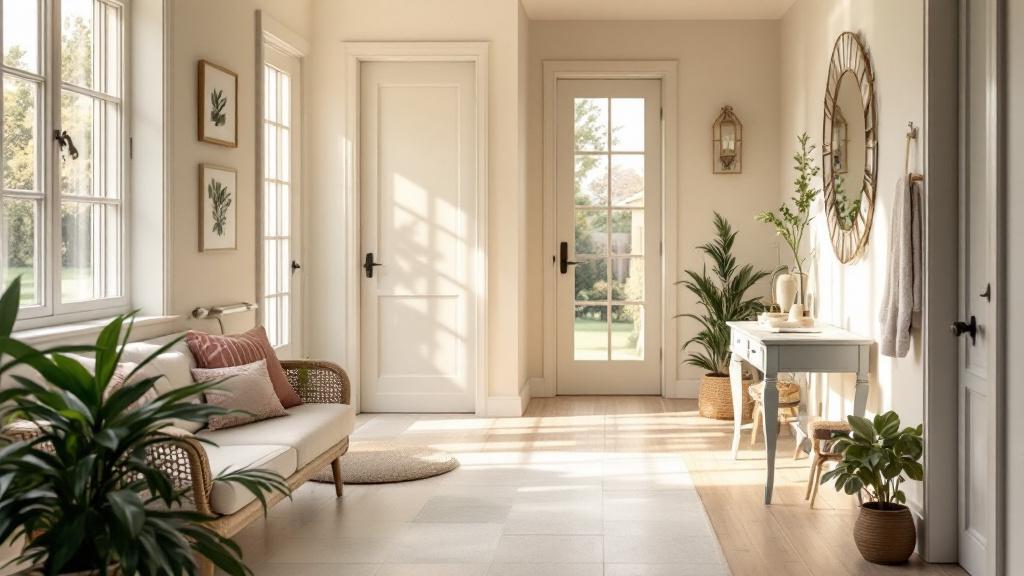
Creating a Secure, Supportive Environment for Caregivers and Care Recipients
A well-designed home environment is essential for effective caregiving, ensuring safety, comfort, and independence for vulnerable individuals. This comprehensive guide explores practical strategies, safety measures, and modifications to foster a nurturing space where both caregivers and care recipients can thrive.
Foundations of a Safe Home Environment
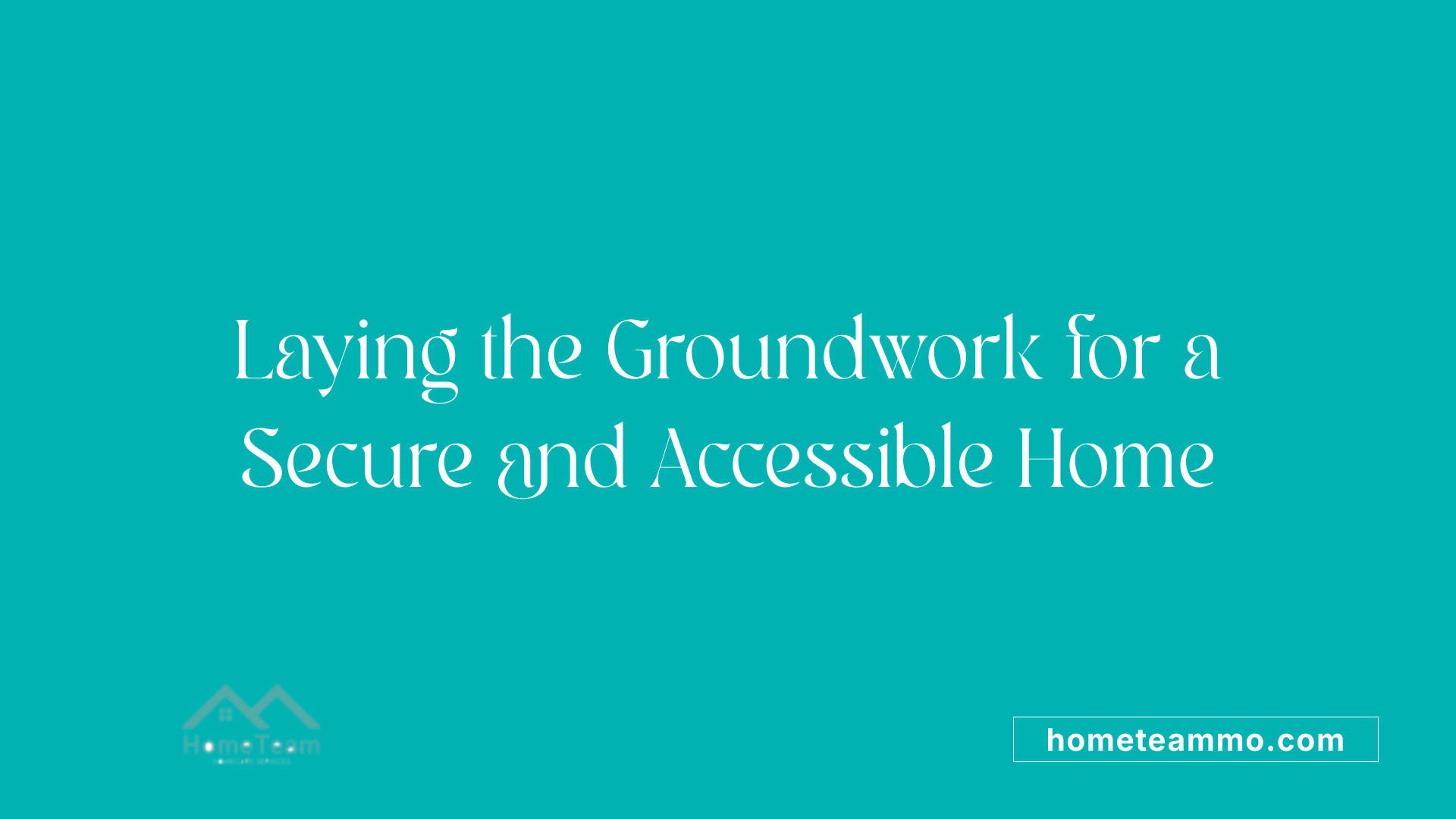
How can you make your home a safe environment?
Creating a safe home begins with comprehensive safety assessments. Start by obtaining certifications such as electrical and gas safety certificates to ensure all home systems operate correctly. Installing essential safety devices like smoke detectors, carbon monoxide alarms, and security cameras is vital; these should be regularly tested and maintained. Developing and practicing an emergency evacuation plan allows family members to respond confidently during crises.
It’s also important to keep safety equipment accessible. Fire extinguishers, first aid kits, and emergency lights should be within easy reach, especially in key areas like the kitchen and near stairways. Secure doors and windows to prevent unauthorized entry—particularly when children are involved—and babyproof electrical outlets, install safety gates, and secure stairways with handrails.
Good lighting plays a crucial role—use nightlights and security lights to illuminate pathways and entry points. Keep floors dry and clear of clutter, rugs secured with non-slip pads, to prevent slips and falls. Regular maintenance of household systems, prompt repairs of damaged fixtures, and safe storage of hazardous substances all contribute to a safer environment.
How do we create a safe environment at home?
Building a safety-conscious home environment requires deliberate planning and consistent upkeep. Keep walkways and staircases free of clutter; use bright, contrasting tape to mark step edges for better visibility. Install grab bars in bathrooms and non-slip mats in showers and tubs.
Practical safety measures include locking away firearms and hazardous chemicals, and storing choking hazards and medicines out of children’s reach. Adequate ventilation and climate control also promote health and safety. Maintaining a calm atmosphere by optimizing natural light, reducing noise, and using calming decor adds an emotional layer of safety.
Regular safety checks should be part of routine household management. These include inspecting electrical wiring for frays, ensuring that furniture is stable, and verifying that emergency exits are unobstructed. The home should support physical activity, preventing falls with appropriate footwear, supportive furniture, and balance exercises for residents.
How can we create a safe environment for the elderly?
Designing a home suitable for seniors involves specific modifications to uphold safety and independence. Key additions include ramps with sturdy handrails at entrances, wider doorways to accommodate mobility aids, and avoiding thresholds that could trip. Installing grab bars near toilets, in showers, and around stairways offers support.
Lighting is particularly important—use bright, even illumination, ideally with motion sensors that activate when needed. Non-slip flooring and strips on slippery surfaces reduce fall risks. Regular home inspections help identify hazards like loose railings, dim lighting, or clutter.
Beyond physical modifications, planning for ongoing support enhances safety. Engaging assistance from community services for transportation, household chores, or personal care avoids unnecessary hazards. Connecting families with resources like the Eldercare Locator or governmental programs ensures older adults can age safely within their homes.
Additional safety considerations
| Area of Focus | Safety Measures | Details and Recommendations |
|---|---|---|
| Fire Prevention | Smoke & CO Detectors | Install on every level; check monthly; change batteries yearly |
| Fall Prevention | Grab Bars & Non-slip Mats | Secure grab bars in bathrooms; secure rugs with non-slip pads |
| Home Accessibility | Ramps & Wide Doors | Facilitate wheelchair use; consider stairlifts for multilevel homes |
| Emergency Preparedness | First Aid & Exit Plans | Stock supplies and practice evacuation drills |
| Hazardous Substance Storage | Out of Reach & Original Containers | Keep chemicals and medications locked away |
| Lighting | Bright, Motion-sensor Lights | Improve visibility in hallways, staircases, and outdoors |
| Environmental Checks | Repair & Maintain | Fix cracks, fix electrical issues, clear obstructions |
| Community Resources | Support Services | Utilize local programs for aging-in-place support |
Ensuring safety in every room and every activity helps foster security and independence. From proper lighting and secure storage to home modifications tailored for mobility, each step safeguards health and well-being—especially important as we consider elder-proofing homes or preparing spaces for caregivers and loved ones.
Home Modifications for Enhanced Safety and Accessibility
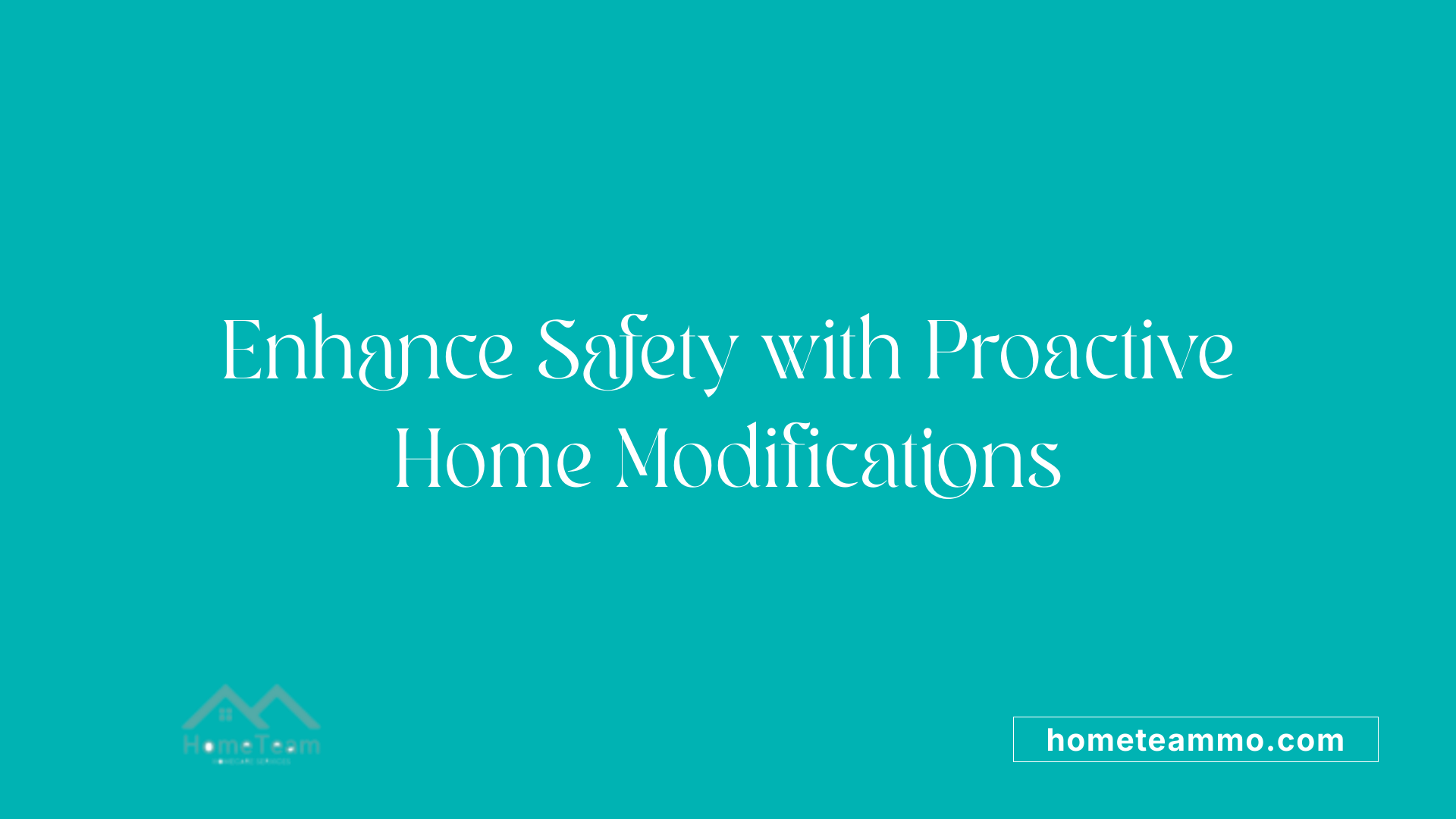
What are some guidelines for home modifications to enhance safety for caregiving?
Enhancing safety at home for caregivers and those they care for involves several proactive modifications. Installing grab bars in bathrooms—near toilets, tubs, and showers—provides stability and reduces fall risks. Non-slip mats in bathtubs and on bathroom floors help prevent slips, especially when surfaces are wet.
Securing loose rugs or carpets with non-slip pads or double-sided tape is crucial, as they pose tripping hazards. Clear walkways by removing clutter, electrical cords, and objects that could cause falls. Proper lighting, particularly in hallways, staircases, and entry points, is essential; motion-sensor lights and nightlights improve visibility during nighttime.
Adding ramps at steps and door thresholds facilitates wheelchair access and reduces physical strain. Safety gates at stairways and doorways can prevent accidental falls or prevent children or pets from entering unsafe areas.
An environment audit—preferably with professional advice—helps identify specific hazards such as uneven flooring or poor lighting, enabling targeted improvements. Safety equipment like smoke detectors, carbon monoxide alarms, and accessible fire extinguishers should be installed on every level of the house.
Creating a calming and secure environment extends beyond physical modifications. Improving indoor air quality, reducing noise pollution, and incorporating natural elements like plants can contribute to overall safety and mental well-being. Regular maintenance and safety checks ensure all modifications remain effective and up-to-date.
How do you plan home design with safety and accessibility in mind?
Designing a home with safety and accessibility requires thoughtful planning and strategic modifications.
Widening doorways and hallways creates enough space for wheelchairs or walkers, making navigation easier and reducing the risk of injury. Installing ramps at entrances and stairlifts inside ensures safe access between different levels of the home without the hazards of stairs.
Lowering sink and countertop heights makes essential areas manageable for individuals in wheelchairs or with limited mobility. Incorporating lever-style door handles, push-button light switches, and accessible storage options—such as pull-out shelves—promotes independence and ease of use.
Outdoor safety is equally important—installing secure railings around patios and stairs, along with well-lit pathways, helps prevent outdoor accidents.
Flooring choices also significantly impact safety. Using non-slip materials—such as textured tiles or rubber mats—in bathrooms, kitchens, and entryways reduces fall risk. Complementing these modifications with excellent lighting—preferably with motion sensors and adjustable fixtures—improves visibility on dark days and during night hours.
Furthermore, planned future enhancements like installing automatic door openers or home elevators can accommodate changing mobility needs in aging or long-term care scenarios.
In summary, integrating these accessibility features during initial home design or renovations creates a safer, more accommodating environment that encourages independence, reduces hazards, and supports graceful aging or caregiving needs.
Creating a Supportive and Secure Environment for Caregivers and Care Recipients
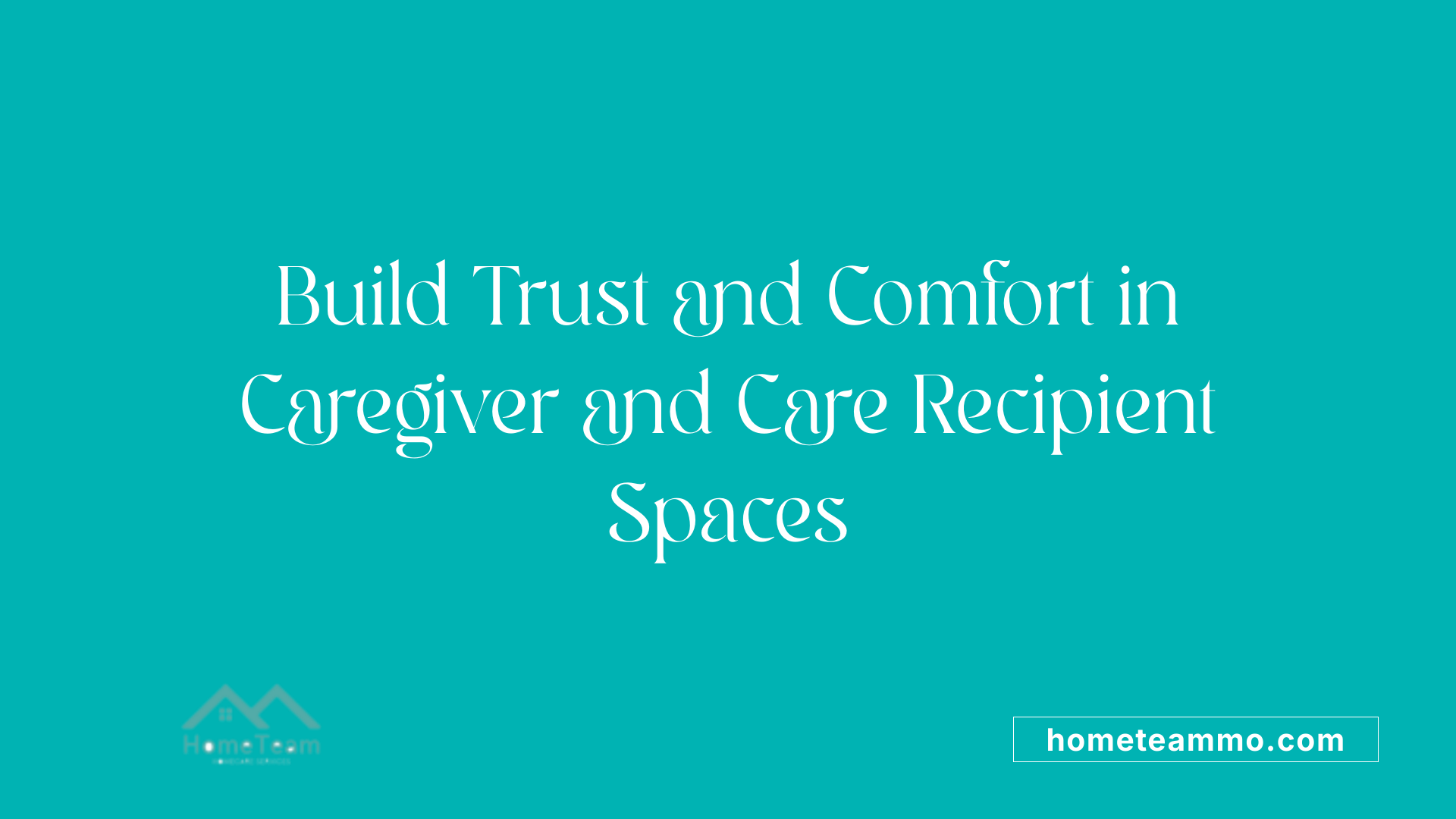
How do you create a welcoming environment for patients?
Creating a welcoming environment begins with simple yet thoughtful practices. Addressing patients by their name establishes a personal connection and shows respect. Listening actively and empathetically helps patients feel heard and understood, building trust. Using clear, respectful language avoids misunderstandings and fosters comfort.
Physical comfort is equally important. Providing soft lighting, comfortable furniture, and maintaining a tidy space can make patients feel at ease. Involving patients in decision-making about their care and surroundings encourages independence and dignity. Personal touches such as photos or favorite items personalize the space, making it feel safe and familiar.
Involving patients and their families in the setup of the environment ensures that their preferences and needs are considered, leading to a more supportive setting. These small but deliberate steps help create an atmosphere of safety, trust, and comfort that promotes emotional well-being.
What are some safety precautions for individuals with dementia?
Individuals with dementia require specific safety measures to support their independence while minimizing risks. Removing trip hazards is essential; clearing clutter, securing loose rugs, and installing non-slip mats in bathrooms reduce fall risks.
Locking away hazardous items—such as cleaning supplies, medications, and toxic plants—prevents accidental poisoning or ingestion. Securing doors, windows, and large appliances limits wandering and unauthorized exits, which can be dangerous. Using safety devices like medic-alert identification tags ensures responders can quickly know about the individual's condition.
Fire and smoke detectors should be functional and regularly tested to safeguard from fire hazards. Regular safety checklists and person-centered planning help caregivers stay aware of evolving needs and implement necessary adjustments.
A comprehensive approach combines environmental modifications with ongoing assessments, fostering independence and safety. Such proactive measures reduce injury risks and promote a supportive, reassuring environment tailored to the unique needs of individuals with dementia.
How to support independence and dignity while ensuring safety?
Supporting independence and dignity involves empowering care recipients through environmental and routine adjustments. Installing grab bars in bathrooms, non-slip mats, and making accessibility modifications help individuals move safely.
Organizing daily routines and assigning familiar tasks maintain a sense of normalcy and autonomy. Providing easy-to-use devices with large controls and adjustable furniture ensures comfort and control.
Encouraging physical activity, such as balance exercises or gentle walking, enhances strength and reduces fall risks while promoting independence.
Respecting personal preferences and involving individuals in choices about their care fosters dignity. Regularly reviewing safety measures with the individual and family allows for adjustments that respect their evolving needs.
Proper medication management—using pill organizers and clear labels—supports health and independence. Creating a supportive environment where personal space, routines, and choices are cherished helps maintain dignity and emotional well-being.
Additional safety features and practices
| Safety Feature | Purpose | Details |
|---|---|---|
| Smoke and carbon monoxide detectors | Detect hazards early | Installed on every level, checked monthly |
| Non-slip mats and grab bars | Prevent falls | Positioned in bathrooms and near stairs |
| Adequate lighting | Improve visibility | Nightlights, motion sensors, and bright pathways |
| Secure storage for hazardous items | Prevent poisoning | Original containers, locked cabinets |
| Emergency contact info | Prepare for crises | Posted near phones, in large print |
| Home modifications | Enhance safety and accessibility | Wider doorways, ramps, handrails |
Ensuring a home environment that balances safety with independence requires continual assessment and adaptation. Regularly updating safety features, involving care recipients in planning, and fostering an atmosphere of trust and respect create a nurturing space conducive to well-being.
Fostering a Culture of Safety and Comfort in Caregiving Homes
Creating a home that is both safe and comfortable involves proactive planning, ongoing assessments, and thoughtful modifications. By implementing physical safety measures, utilizing technology, fostering emotional security, and engaging family and community resources, caregivers can provide a nurturing environment that promotes independence, dignity, and well-being for those in their care. Remember, safety is an ongoing process that adapts to changing needs, making caregiving sustainable and compassionate.
References
- Making the Home Environment Safe | Johns Hopkins Medicine
- Top 10 Tips For Creating A Safe Home Care Environment
- Alzheimer's Caregiving: Home Safety Tips | National Institute on Aging
- How To Create a Comfortable and Safe Environment for Care at Home
- How to Create a Safe and Comfortable Home Environment for Seniors
- How to Create a Safe Home Environment for Aging Loved Ones
- Free Caregiver Training 2: Creating a Safe Home Environment
- Making Your Home Safe and Home-Care Ready

How to Plan for Long-Term Home Care Services
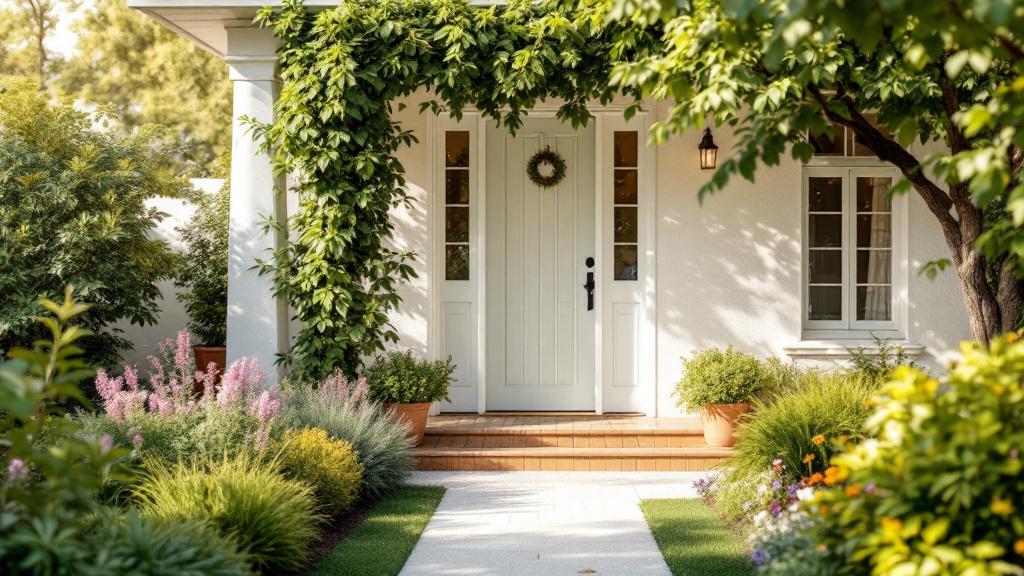
How Home Team Helps Families Make Informed Care Decisions

How Home Team's Caregivers Provide Peace of Mind for Families


